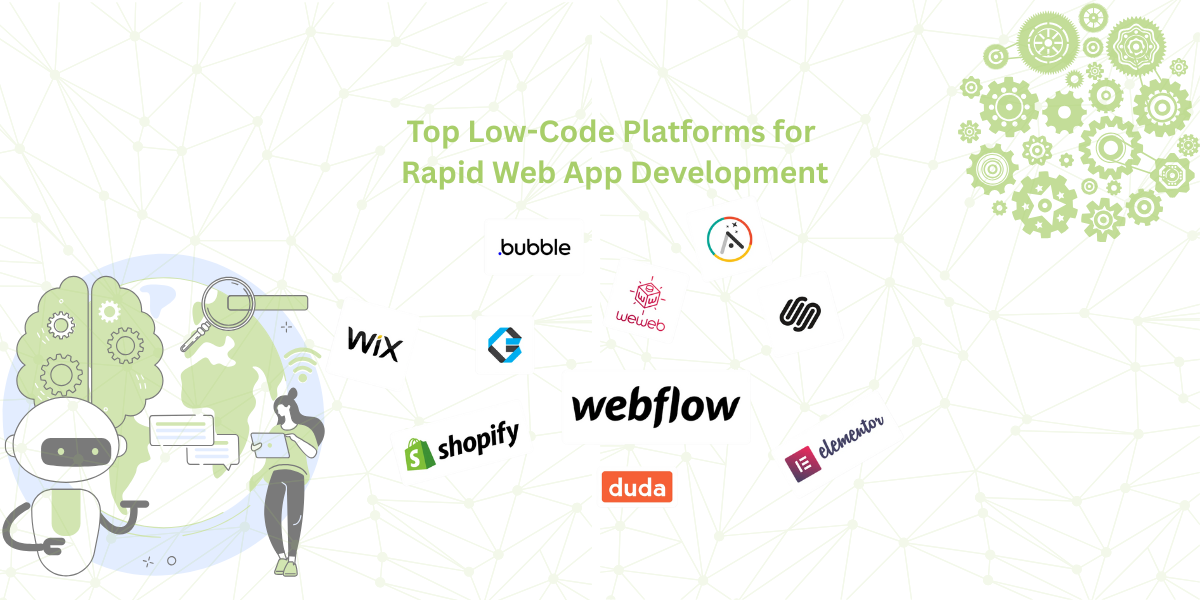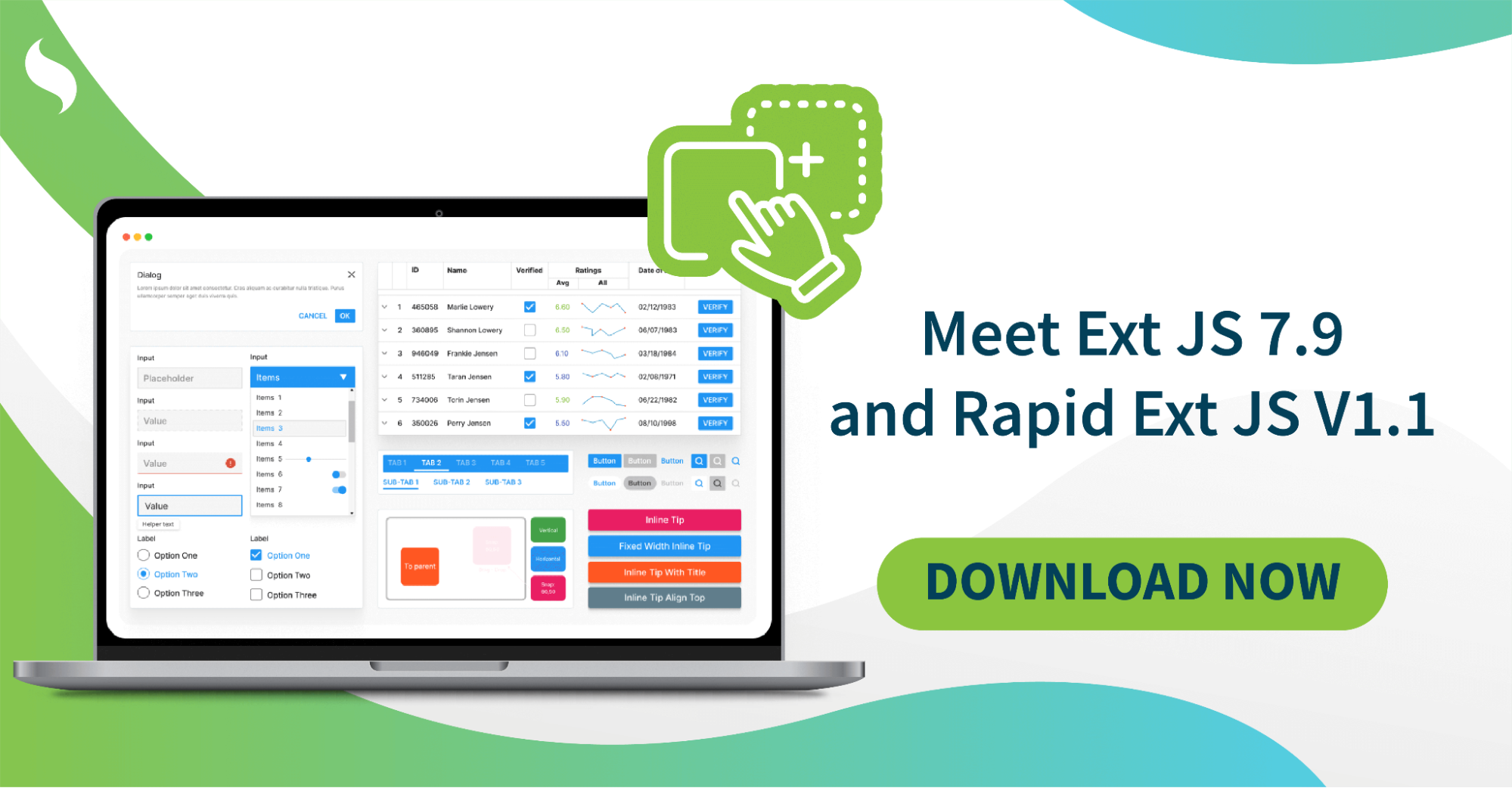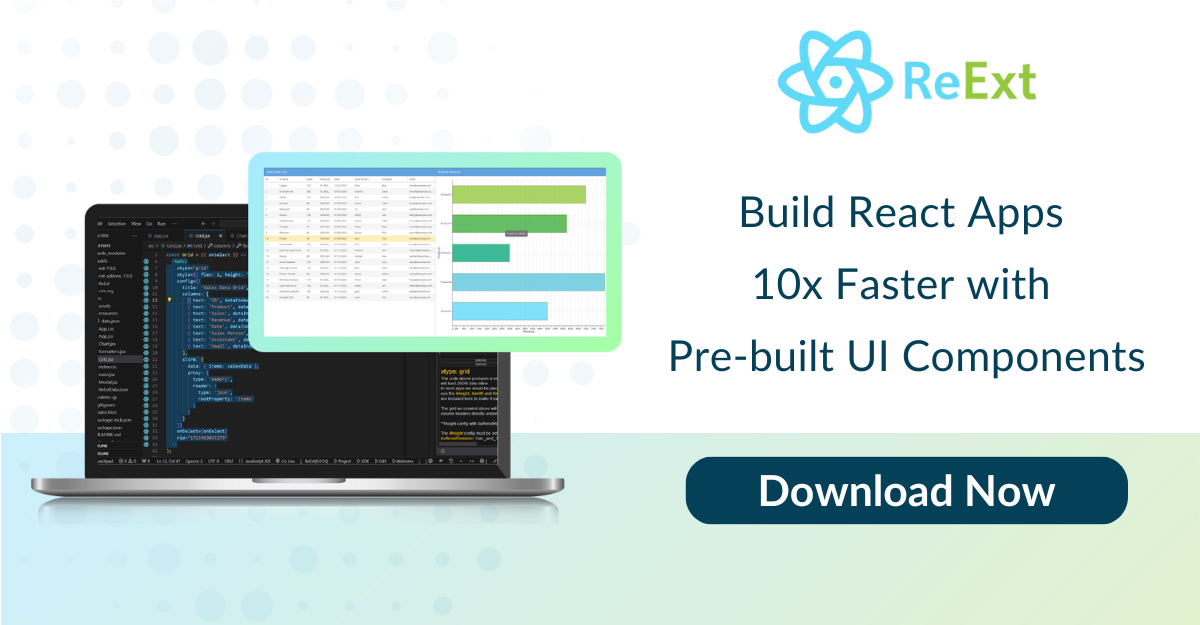The Future of React Framework: Trends to Watch in 2025 and Beyond
At the start of 2025, if you are venturing into frontend development, very few libraries are as popular as React. Day by day, web developers like yourself are discovering more avenues for creating react applications. Rest assured, it’s exciting. However, we all know technology keeps changing faster than we can keep up with it. New tools, frameworks, and other changes are triggering The React World-remix like never before.

To start, we will look at how React became the poster child of frontend development and how it is heard around the globe. After that, it’s all about the trends defining tomorrow. These include Artificial Intelligence tools, lightning-fast edge computing, advanced developer experience, and the low-code/no-code revolution.
The best part? We’ll shift our focus towards the promise of change brought by new players like Next.js, Gatsby, React Native, and Reext. In this mix, there’s a prediction of problems that will need to be tackled at each step. This will help us move toward post-2025 React development.
Building user interfaces is at the core of React, and the react team continues to push improvements. The react community remains active in shaping its future. Developers rely on react documentation to stay updated while leveraging javascript functions for efficiency. The ability to reuse the same component across different projects is a crucial aspect of React. Additionally, its expansion into native apps further solidifies its place in modern development.
Ready to explore new principles of react applications? Let’s not waste time and dive right into it.
The Evolution of React Frameworks
React has developed significantly since its creation in 2013. Back then, it was simply a javascript library. But over time, it has developed into an ecosystem. It is now capable of immense Static Website generation in addition to Single Page Application (SPA) dynamic website services.
In the early days of React, it was running alongside other libraries like React Router and Redux for state management and UI routing. But developers soon began facing challenges with Search Engine Optimization (SEO) and Server-side Rendering (SSR) issues. This led to the rise of frameworks like Next.js and Gatsby. While Next.js is known for solving routing and SSR issues, Gatsby enabled static site generation at super-fast speeds.
Now, there are newer, faster technologies like Remix, Reext, and React Server Components. These frameworks truly improve the efficiency of working with React. They also improve performance and developer experience (DX).
Public knowledge of the development of React library frameworks gives insight into how much time has passed. It also suggests what is to come ahead. Monitoring these changes is important for improving entire app development and coping with the quick-paced world.
To keep up with these advancements, developers continue to explore the benefits of declarative react while using React as a library for building user interfaces. The decision to add react to a project often depends on its ability to function as a javascript library suited for modern applications.

Key Trends Shaping React Frameworks in 2025
We all know that React is always changing and improving. This means that changes will happen with each passing year. These changes affect how web apps are created. They also enable React frameworks to improve in design, speed, efficiency, and user interfacing.
Edge Computing & React Optimization
Edge computing is becoming the new norm for React apps. Algorithms are placed closer to the user. This eliminates delays and speeds up processes. In 2025, React frameworks will likely be compatible with edge computing structures. Users will experience faster loading speeds and more efficient applications, no matter their location.
AI-Powered Development
AI will change how React software is built in the coming years. We expect AI-controlled automation of repetitive tasks like code writing, bug fixing, and testing. This will cut down the time needed for more elaborate mobile app features. AI could also enhance the user experience in real-time. It will provide direction and changes while the user is coding, helping them work more efficiently.
Enhanced Developer Experience (DX)
There will be a greater focus on Developer Experience (DX). React frameworks will continue to evolve and improve the development process. Look for better documentation, improved error messaging, and productivity tools. These improvements will make the app building process more fun and less challenging.
Low-Code & No-Code Integrations
Low-code and no-code tools are expanding. These tools will likely be more integrated with React by 2025. Non-programmers will be able to develop React-based apps. This is a major step in the democratization of React.
Improved State Management
State management is one of the hardest problems for React programmers. In 2025, we aim to tackle this challenge. New strategies and tools will be developed to better manage state. This will allow developers to create large-scale apps without dealing with complicated code.
The style attribute in React helps in defining inline styles efficiently. Developers working on an entire page need to consider optimization techniques like event delegation for better performance. Managing html attributes correctly is essential when structuring components.
Handling data fetching effectively improves app responsiveness, and React offers built-in hooks to simplify state and effect management. Writing code inside JSX allows seamless integration of logic within components, while ensuring proper use of closing tag syntax maintains code integrity. Enhancements will continue to improve existing ones, making React an even more powerful framework.
The Rise of Alternative React Frameworks
These days, modern frameworks are slowly stealing attention from React. Although React is still dominant, many other frameworks are offering solutions not available with React. Let’s discuss some of the alternatives.
ReExt
ReExt is a new entrant in the React ecosystem. It aims to provide easier and more efficient full-stack application development. ReExt merges React with server-side rendering and static site generation tools. If you want to save time on setup and configuration without compromising performance, ReExt is the answer.
Next.js
Next.js is a popular alternative to React. It is known for server-side rendering (SSR). SSR enhances speed and makes apps more SEO-friendly. Next.js handles dynamic, full-blown websites well. It has a robust set of features, including built-in routing, image optimization, and static site generation. It’s the best-suited framework for an all-in-one solution.
React Native
React Native is React for mobile applications. It allows the creation of apps for both Android and iOS using one set of React components. This saves resources and time. If mobile app development is your goal, React Native is the way to go.
Gatsby
Gatsby is a React-based static site generator. It focuses on speed. Gatsby pre-builds pages at build time. As a result, websites are lightning-fast. If you want to build blogs, marketing sites, or eCommerce sites, Gatsby is a great choice. It combines speed with SEO efficiency.
These frameworks are gaining popularity, and for good reason. Each has its advantages. Pick the one that best serves your objectives.
Challenges & Considerations
Working with a new app in React comes with some challenges. You may need to sacrifice performance or deal with complexity. If speed is your priority, your code might become more complicated. Memoization and lazy loading can help, but they can also make your code harder to maintain. It’s all about balance.
React updates are rapid, so intense scrutiny is necessary. New updates can break your code. While new features are exciting, they come with problems. You’ll need to monitor updates and adjust your code. This can cause interruptions in your work.
Choosing the right framework is critical. React may not always be the best tool for the job. Consider project requirements and your team’s knowledge. The final choice can save you time and effort later.
Where React Frameworks Are Heading Beyond 2025.
React frameworks will continue to change with new advancements in technology in 2025. AI might take over some parts of the development process. Tools could automatically write code or provide helpful hints. This would make development quicker and easier.
WebAssembly is another new technology on the horizon. With WebAssembly, C++ and Rust can be executed directly in the browser. This may increase the speed of React applications. It will be especially useful for complex operations.
Other technologies, like ReExt, might transform how we develop enterprise applications. ReExt combines React with Ext JS. It provides greater control and flexibility for large-scale applications. These complex hybrid frameworks may help enterprises adopt more scalable solutions.
React will most certainly adopt these new technologies. You will adopt them, too. The new tools will be faster, smarter, and more efficient. The opportunities are endless!

Conclusion
React frameworks are evolving with advancements in AI, WebAssembly, and hybrid solutions like ReExt. These changes will smooth development processes. They will also bring complexity. As innovation and technology progress, staying up to date will be crucial.
React will become more powerful and advanced. This will lead to increased responsiveness and efficiency. The future is bright if we stay ahead of the development curve and improve our React skills.
FAQs
What Makes React Server Components (Rsc) Important for Future Development?
The ability to do server-side rendering without losing speed makes RSC extremely useful. This is an improvement to scalability and the overall user experience.
How Does Low-Code Development Fit Into React’s Future?
Low-code advancements make React more accessible to non-developers. This improves the speed of development. It also reduces the workload.
What Challenges Might Developers Face With React Frameworks in 2025?
React developers will face challenges in 2025. They will have to pick the correct bulky framework. They will also deal with constant complexity and frequent updates to the package.
Why Is Reext a Good Choice for Enterprise React Applications?
In large-scale enterprise apps, flexibility and high performance make ReExt an optimal solution. This is why ReExt is a good choice for enterprise-level React applications.
Try ReExt today and experience the power of seamless, high-performance, full-stack solutions!

The importance of low-code platforms in business is growing, with estimates suggesting that they will…

When it comes to developing robust, enterprise-grade web applications, Sencha provides some of the most…

The Sencha team is excited to announce the latest Ext JS version 7.9 and Rapid…










